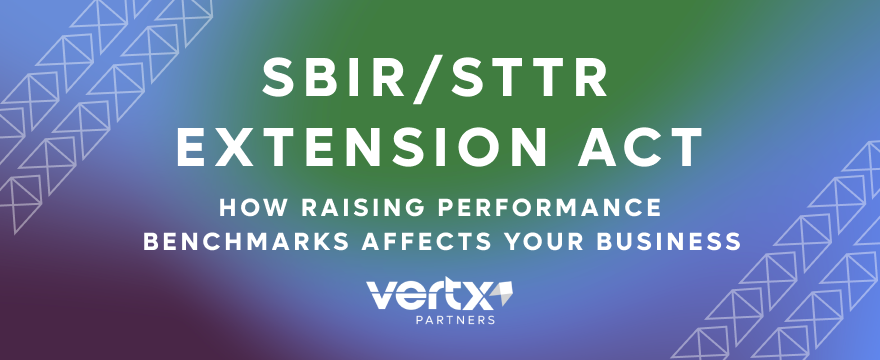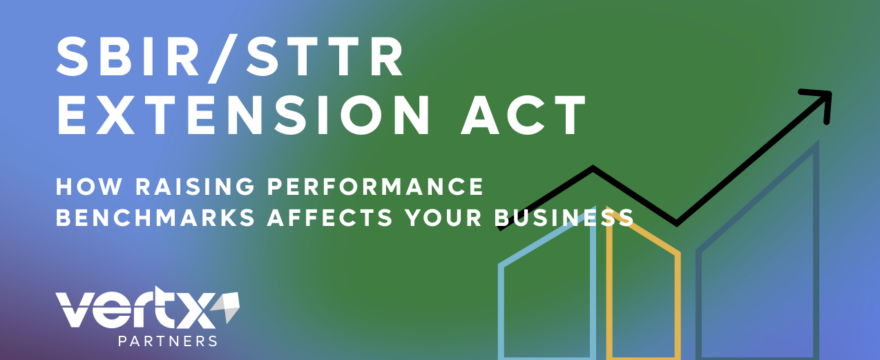In an effort to crack down on so-called “SBIR mills,” Congress is pushing for increased regulation of SBIR/STTR funds.

SBIR and STTR Extension Act & cracking down on “SBIR mills”
The SBIR and STTR Extension Act, passed just before the expiration of the Small Business Innovation Research (SBIR) and Small Business Technology Transfer (STTR) programs in fiscal year 2022, introduces significant reforms aimed at addressing concerns related to the misuse of these programs.
Critics have raised concerns about companies deemed “SBIR mills” receiving numerous grants but with a poor track record in commercializing technologies. These companies apply for Phase I and Phase II grants and receive funding for Research and Development (R&D) but rarely work toward commercializing in Phase III.
The SBIR and STTR Extension Act imposes stricter conditions on entities receiving R&D grants. Notably, the legislation introduces stricter commercialization standards for serial awardees.
How the SBIR and STTR Extension Act works
The Act targets repeat awardees by raising performance benchmarks. Firms with multiple Phase I or Phase II awards face heightened criteria for future grants. For companies with over 50 SBIR Phase I awards in the past five years, a transition success rate to Phase II of at least 50% is required.
Similarly, companies with over 50 Phase II awards in the preceding 10 years must demonstrate an average of $250,000 in sales and investments per Phase II award, with a higher requirement of $450,000 for those with over 100 Phase II awards. These new standards took effect in April 2023.
Moreover, the legislation mandates a Government Accountability Office (GAO) study to assess businesses that have won over 50 Phase II awards. The study will evaluate their impact on the program, their ability to commercialize technology, and their alignment with agency needs, providing insight into the effectiveness of the modified performance standards.
The Act aims to enhance the effectiveness and integrity of the SBIR/STTR programs, creating a more robust framework for small businesses and nontraditional contractors seeking to participate in these initiatives.
For more information about what the Act means for SBIR/STTR program standards, visit the sbir.gov website at the following link.
What the Act means for your business
By cracking down on “SBIR mills,” Congress hopes that the SBIR/STTR programs will become more efficient and awards will flow more fairly to worthy solicitors. According to one study conducted by the State Science & Technology Institute (SSTI), potential mills captured over 21% of all awards distributed between 2009 and 2019. Because funding for the SBIR/STTR programs is a mandated set-aside, reigning in extraneous awards should allocate more funding for small businesses and nontraditional contractors.
This also means a push toward Phase III commercialization and proving that the Phase I & II stages are actually working toward a product that works. Vertx Partners recently authored a series of articles on SBIR/STTR Phase III rewards and how best to win them. Check out our series below and reach out to Vertx to begin your SBIR/STTR journey.
